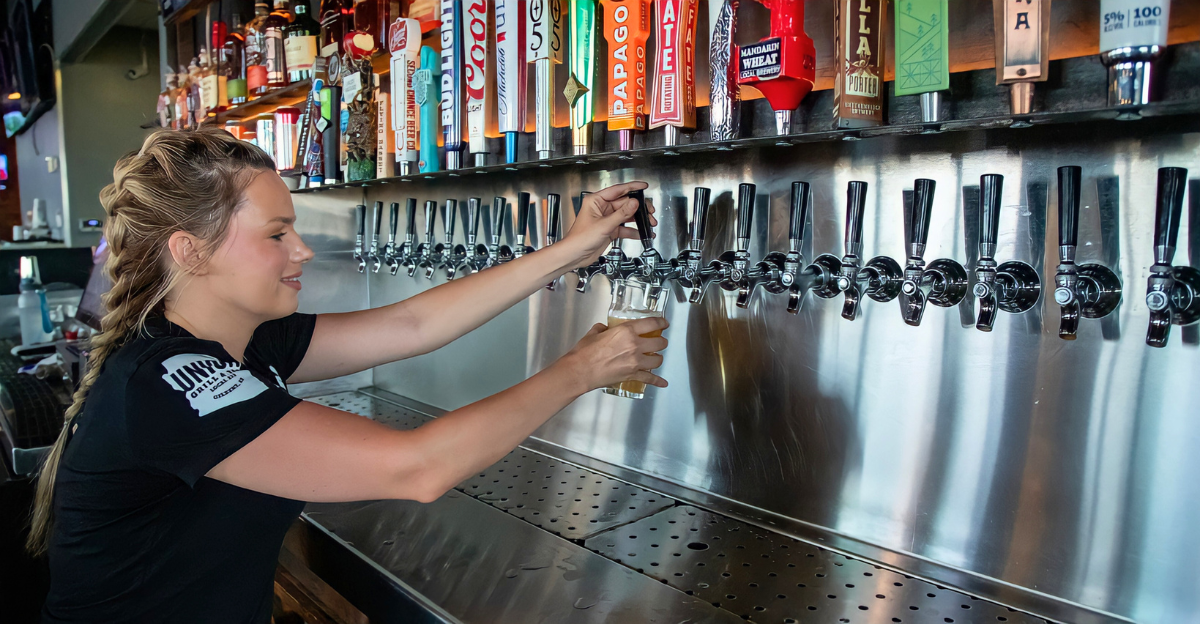
This summer, more than 90 million Americans across 18 states were given an unusual piece of advice: avoid alcohol during what experts are calling the most dangerous heatwave in years. The CDC and National Weather Service warn that alcohol accelerates dehydration, raises body temperature, and makes heatstroke far more likely.
While the advisory covers states from Arkansas and Missouri to Kentucky and beyond, its impact isn’t stopping at state lines … it’s sending shockwaves through industries, habits, and even how we think about alcohol. For businesses built on selling it, the effects are already here.
Hospitality Industry Hit Hard
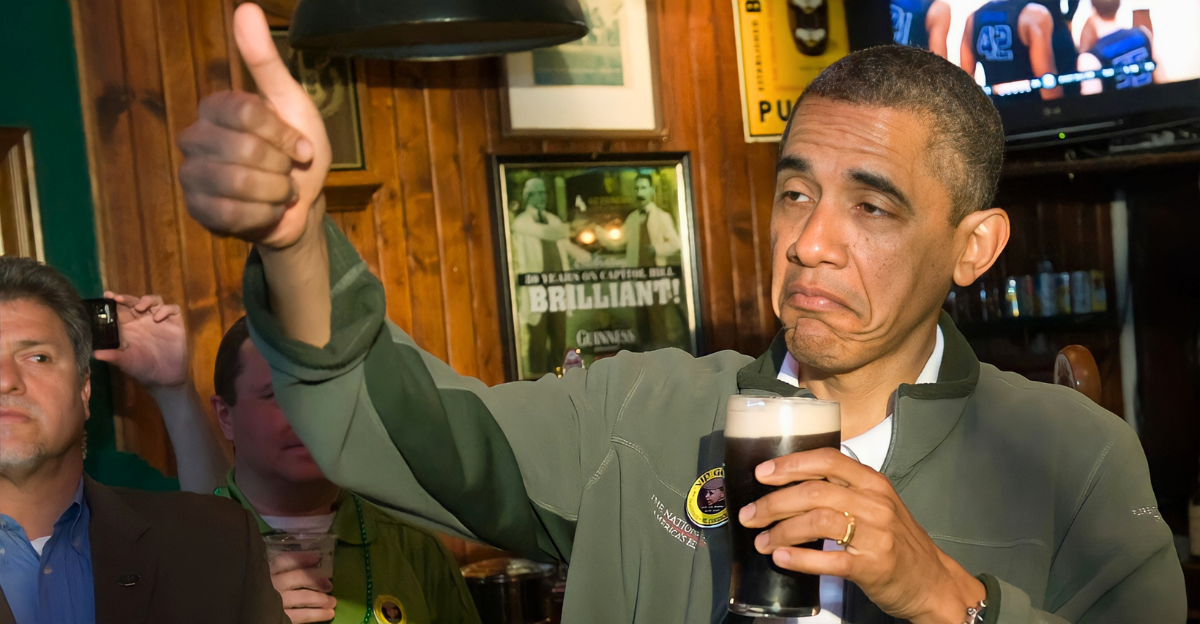
Bars, restaurants, and summer hotspots that usually thrive on afternoon drinking sessions are watching foot traffic slow and alcohol sales drop. Customers are choosing iced tea, water, and mocktails over beer and cocktails, leaving owners facing a quieter season. For venues built on the buzz of summer crowds, this isn’t just a weather-related slump; it’s a financial heatwave on its own.
The slowdown at the bar is now trickling up the supply chain.
Beverage Suppliers Scramble
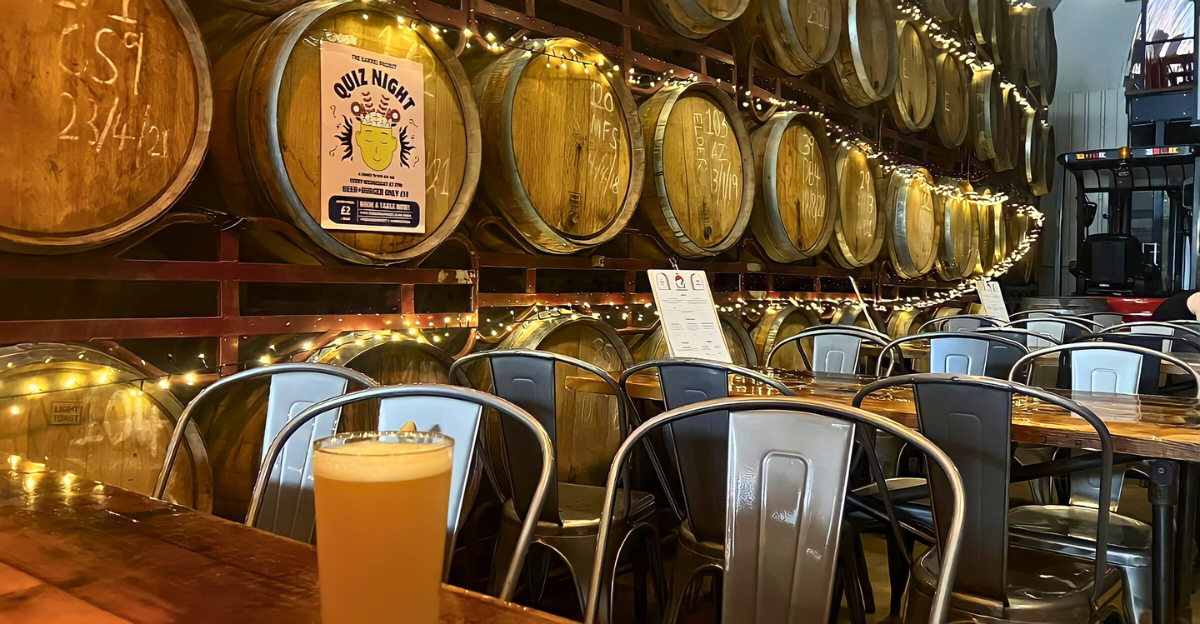
Distributors, breweries, and wineries are suddenly dealing with unsold and expired stock, while juggling shipment delays and rethinking their marketing plans. Some are redirecting products to unaffected regions, while others are doubling down on their nonalcoholic offerings. It’s a logistical reshuffle sparked by a health advisory that’s proving costly for the industry.
Meanwhile, another sector is preparing for a very different kind of surge.
Medical System Strained
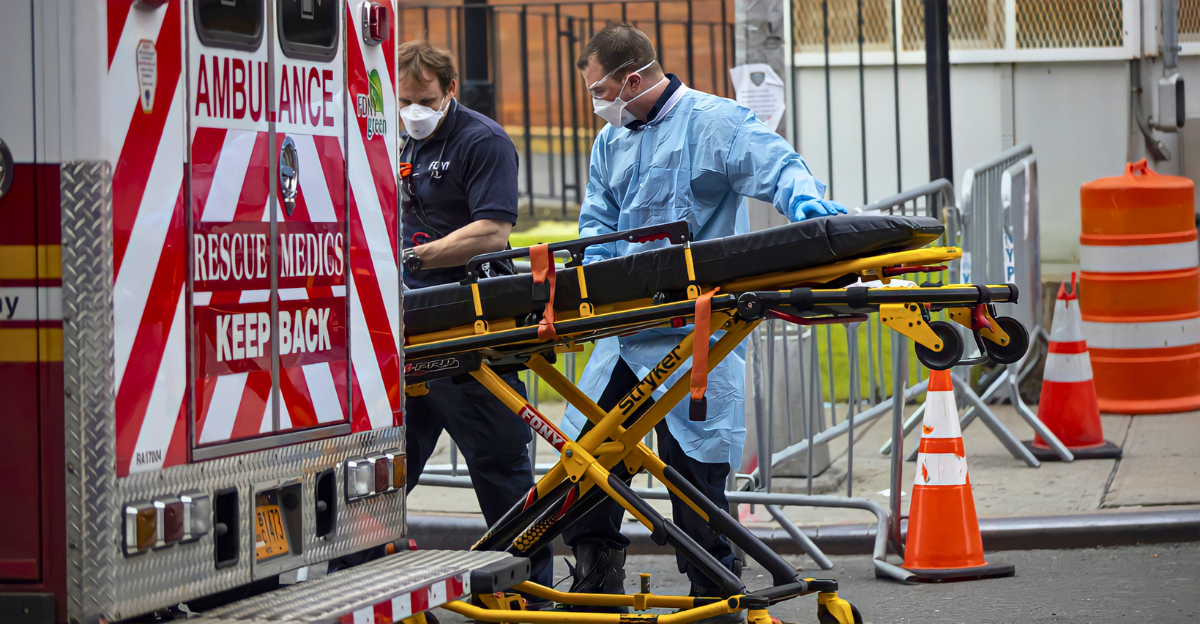
Hospitals are preparing for more heat-related emergencies, from dehydration to dangerous heatstroke. Alcohol makes the risk much worse as it speeds up fluid loss, affects judgment, and can push an overheated body over the edge. Avoiding alcohol in extreme heat isn’t just good advice; it can save lives.
While health officials focus on prevention, drink makers without alcohol are seeing a sudden and surprising boost.
A Boom for Nonalcoholic Brands
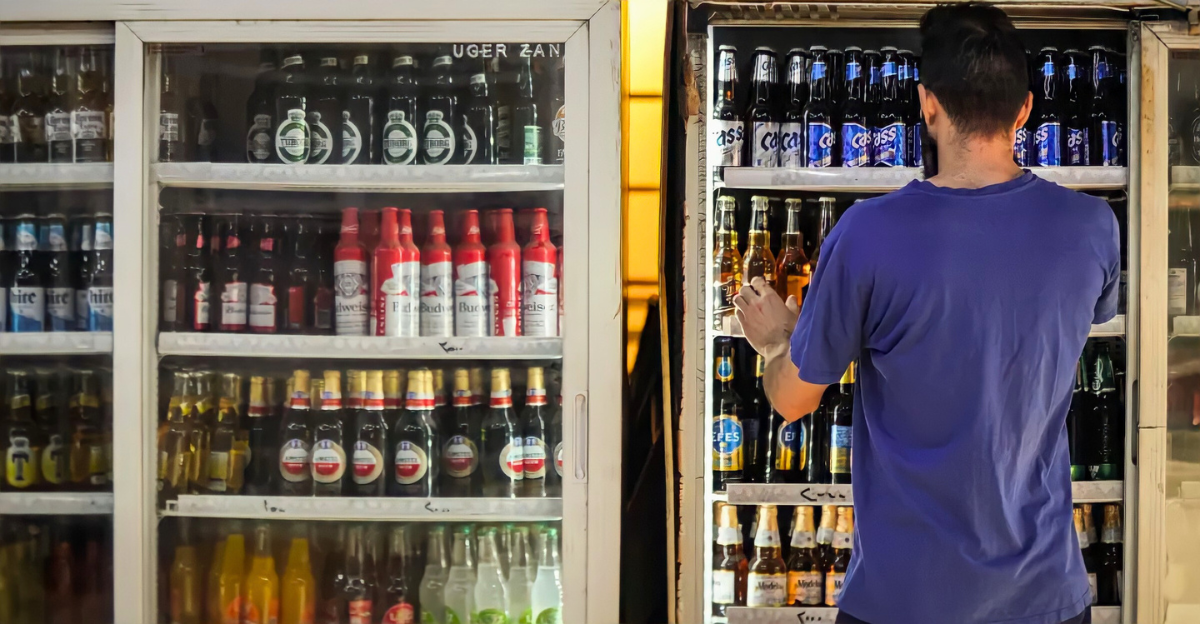
Mocktail brands, kombucha brewers, and specialty soda makers are enjoying an unexpected jump in sales. From afternoon brunch to cocktail parties, cold water and electrolyte drinks are quickly replacing beer and cocktails as the go‑to choice. This small change is causing a big ripple effect that’s already reshaping how the summer’s largest events are run.
Public Events Reimagined
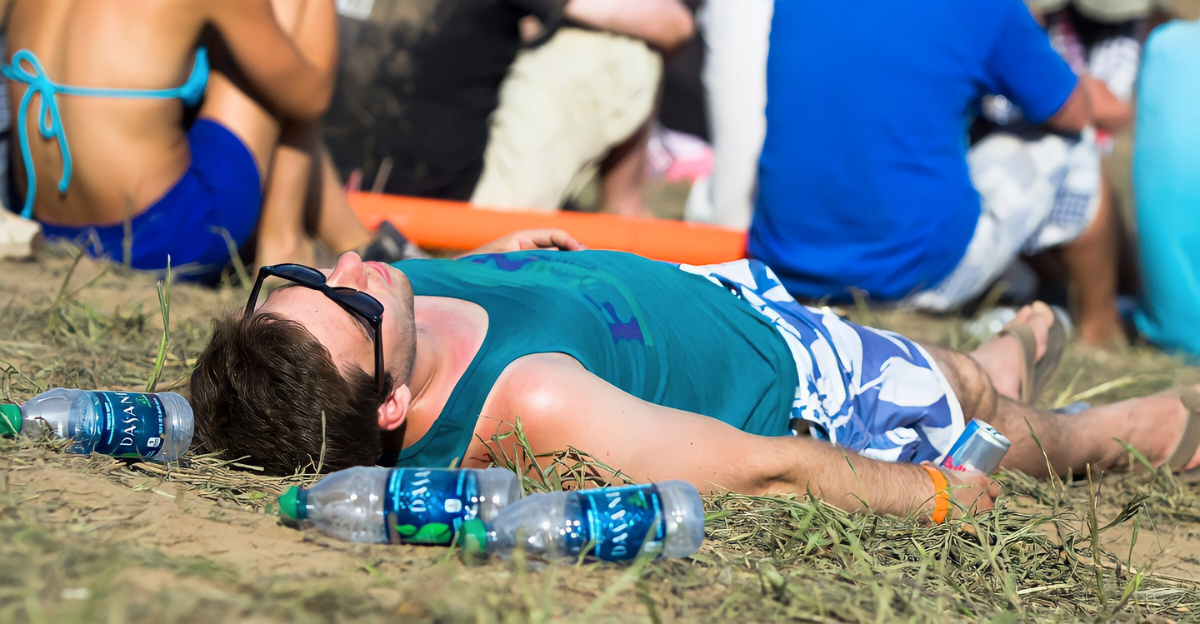
Concerts, festivals, and sporting events are dialing down alcohol sales, swapping some beer taps for free water stations, and adding shaded rest areas to help people cool off. Organizers have seen the dangers of extreme heat firsthand, and they know the medical risks and legal fallout that can come with a heat‑related emergency.
Behind the scenes, insurers are already considering how these events handle alcohol in hot weather and what that means for future coverage.
Insurance and Liability Changes
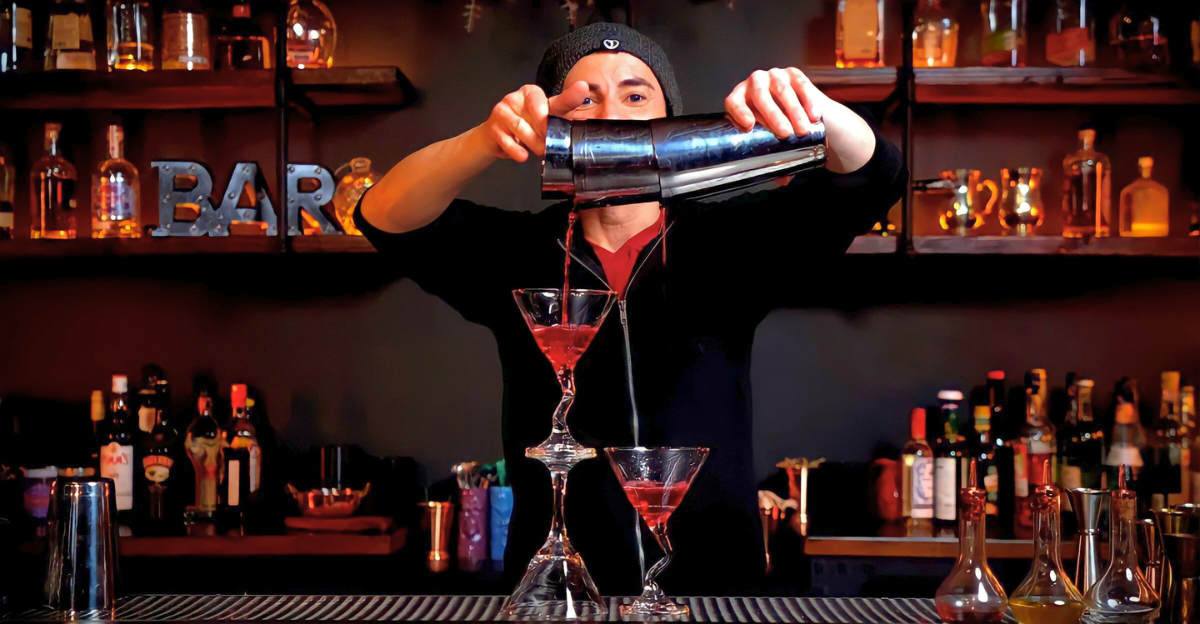
Event organizers and insurers are rethinking their coverage, with many venues tightening alcohol rules to avoid costly lawsuits. In extreme heat, serving alcohol isn’t just a health risk; it’s a legal gamble. And when public policies shift, you can bet private parties won’t be far behind.
Changing Social Habits
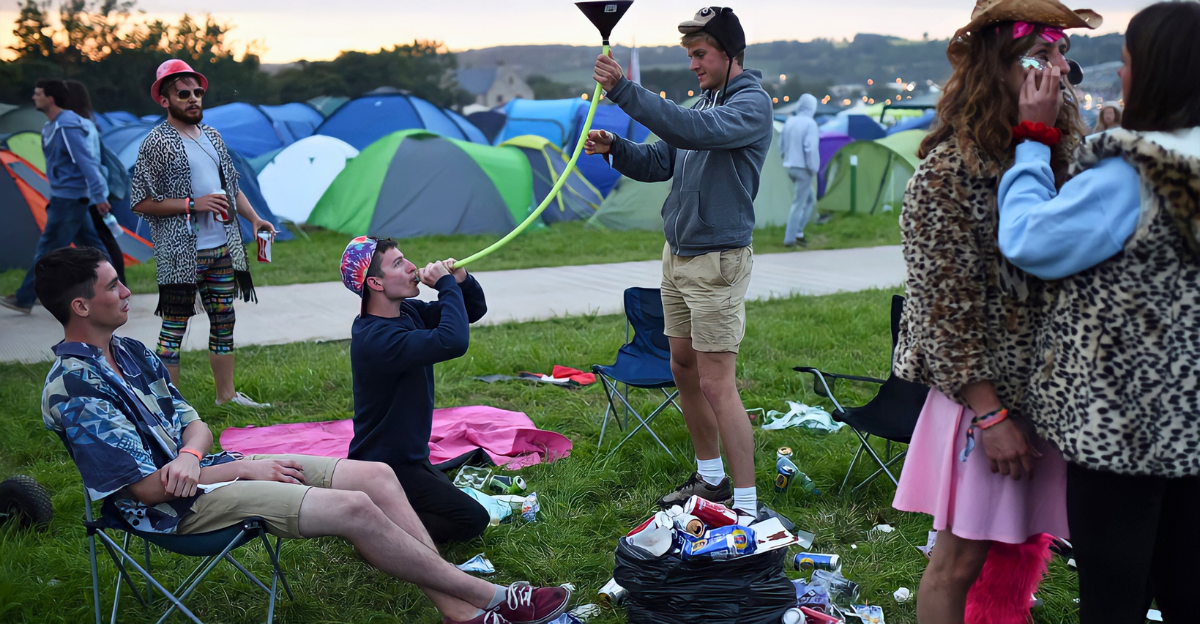
Backyard barbecues, pool parties, and beach days in affected areas are taking on a different vibe. Coolers are filling with sports drinks instead of beer, and the unified cheers is happening with water rather than lager. It’s a cultural shift happening one heatwave at a time.
Social media is making sure those shifts are noticed far beyond local neighborhoods.
Health Messaging Goes Viral
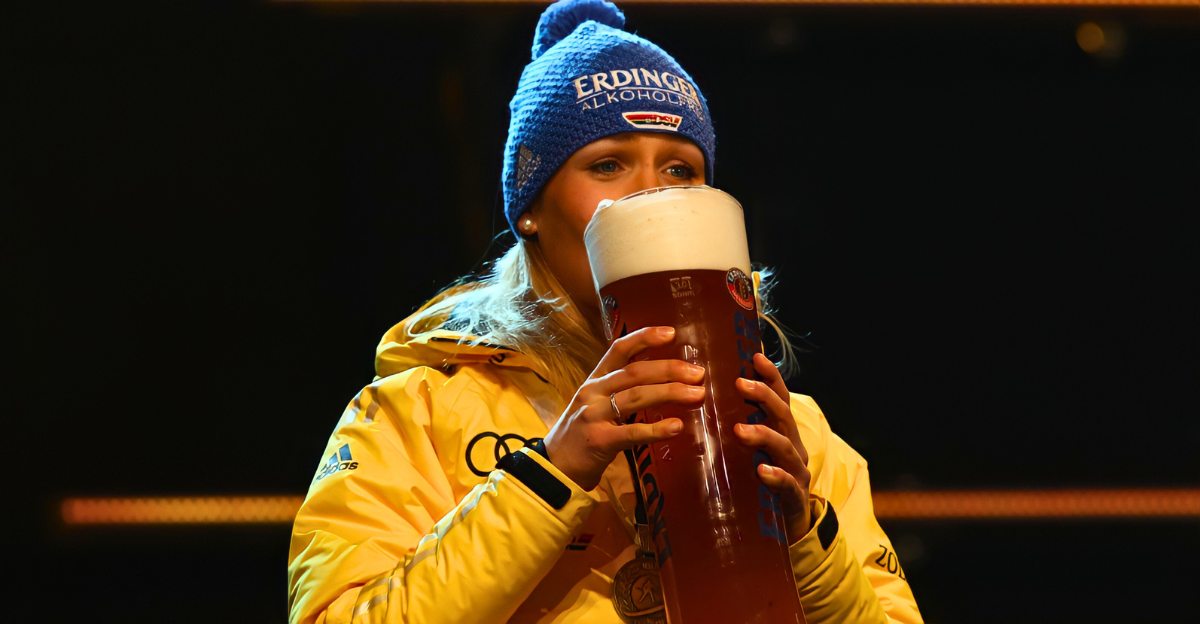
Public health messages are flooding social feeds, warning that even a couple of drinks can push you into dangerous territory when the heat is extreme. The posts are short, shareable, and hard to ignore – reaching people who might otherwise scroll past a weather warning.
For the most vulnerable, this isn’t just good advice. It’s a lifeline.
Spotlight on Vulnerable Groups
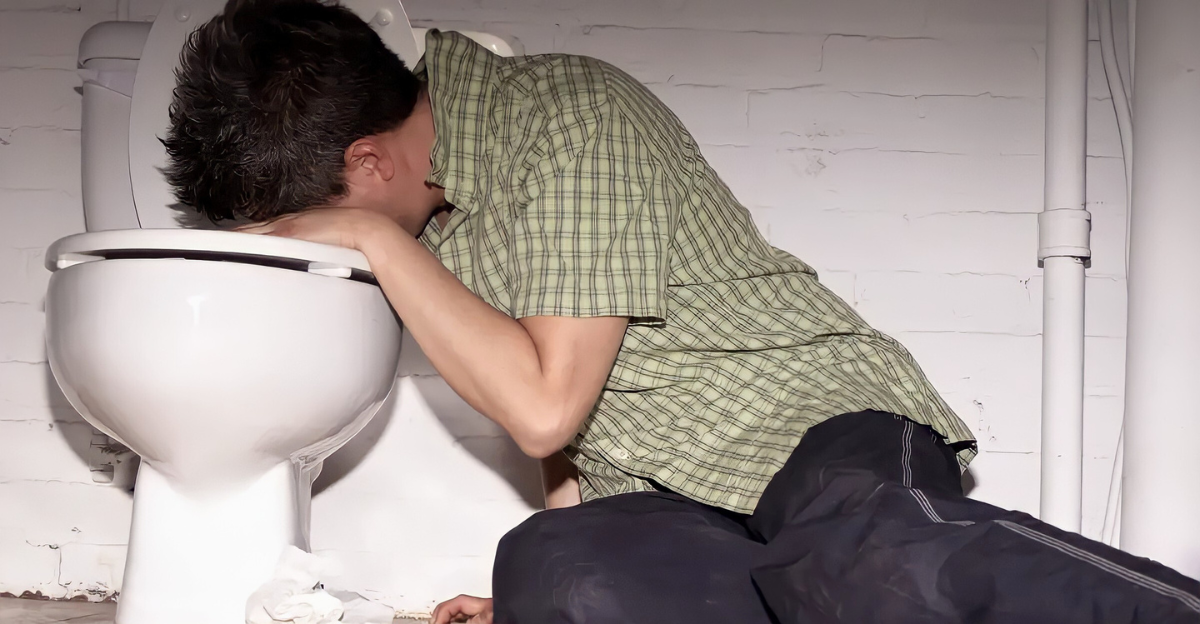
For seniors and anyone with chronic health issues, alcohol in this kind of heat can turn dangerous fast. Even a single drink can make it harder for the body to stay cool and hydrated. Families and caregivers are adjusting their plans, swapping wine for water, beer for electrolyte drinks, and building more rest time into daily routines.
The push for safety isn’t limited to homes and family gatherings. Workplaces are now rethinking how they protect people during extreme heat.
Workplace Policies

Employers are tightening heat safety measures in the workplace, especially for outdoor and physically demanding jobs. Many are increasing water breaks, adjusting shift times to avoid peak heat, and training staff to spot early signs of heat illness. Workers are also being reminded that what they do off the clock matters – drinking alcohol the night before can leave the body dehydrated and more vulnerable to heat stress the next day.
The aim is clear: prevent medical emergencies before they happen.
Travel and Tourism Shifts
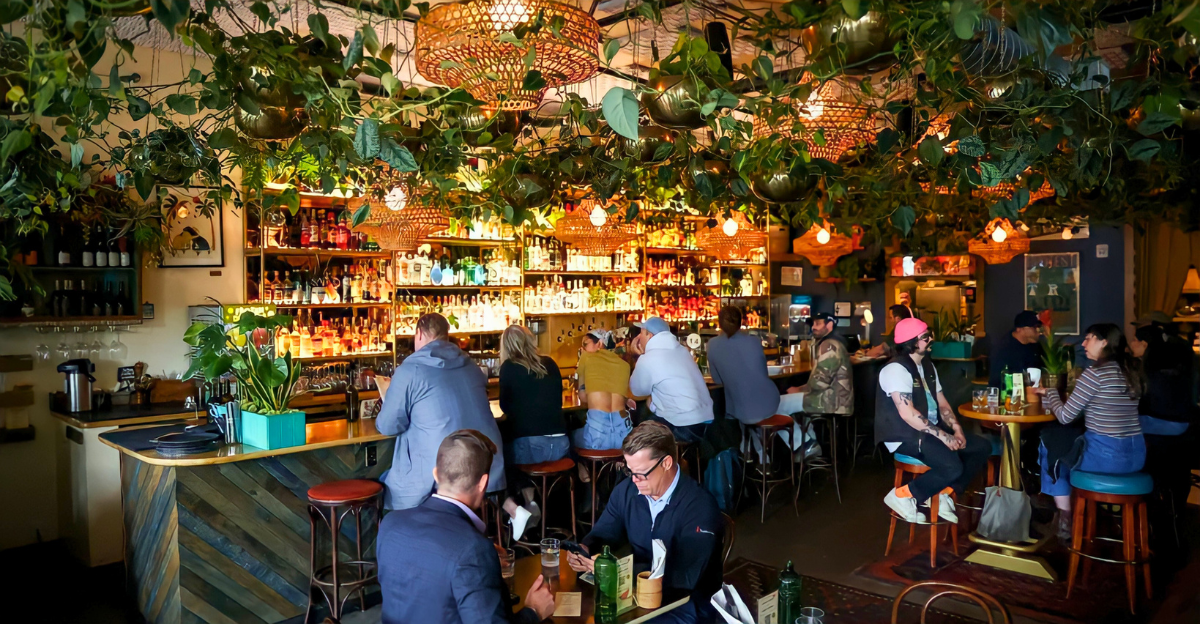
Hotel bars are scaling back their drink menus, and tourism boards are quietly replacing wine‑trail weekends with kayaking trips, shaded walking tours, and cultural festivals. The focus has shifted from indulgence to safety, with marketing built around keeping visitors cool and hydrated.
But for some, cutting alcohol isn’t as easy as swapping a cocktail for a cold-brew tea. It means confronting habits that run far deeper than summer leisure.
Mental Health Considerations
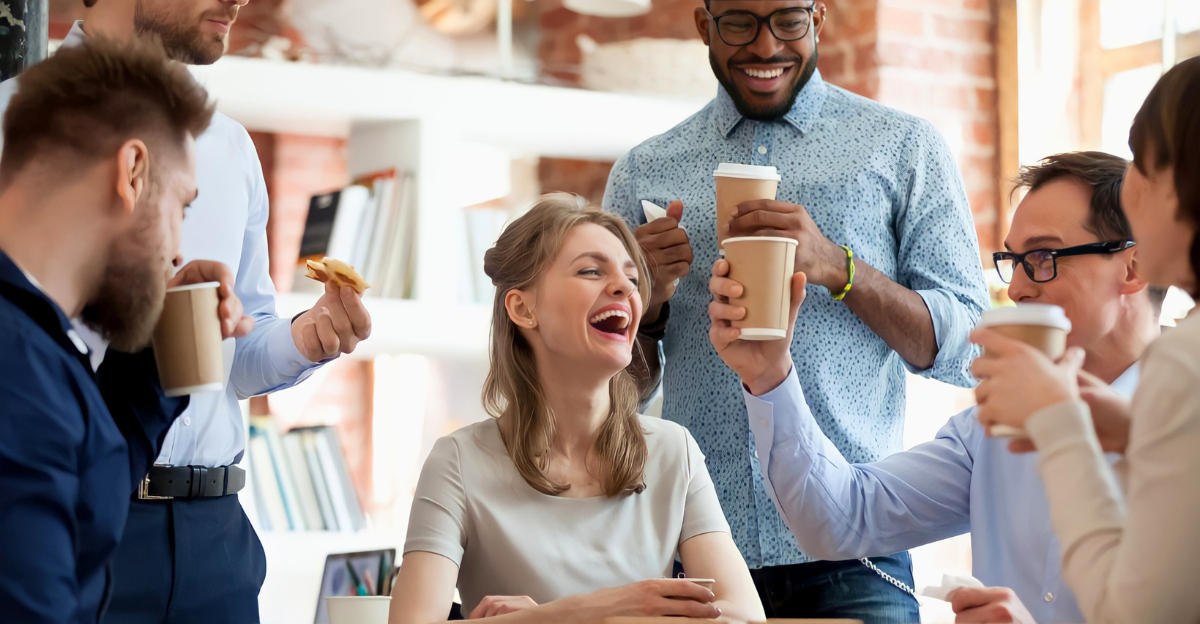
Irritability, stress, and sheer exhaustion tend to spike when temperatures soar, making reaching for a drink feel like an easy fix for some. Public health agencies are stepping in with alternatives, offering everything from mindfulness workshops and hydration challenges to community cooling centers where people can rest, recharge, and connect.
These efforts are doing more than easing the current heatwave; they’re fueling a much bigger national conversation.
National Debate on Alcohol Guidelines
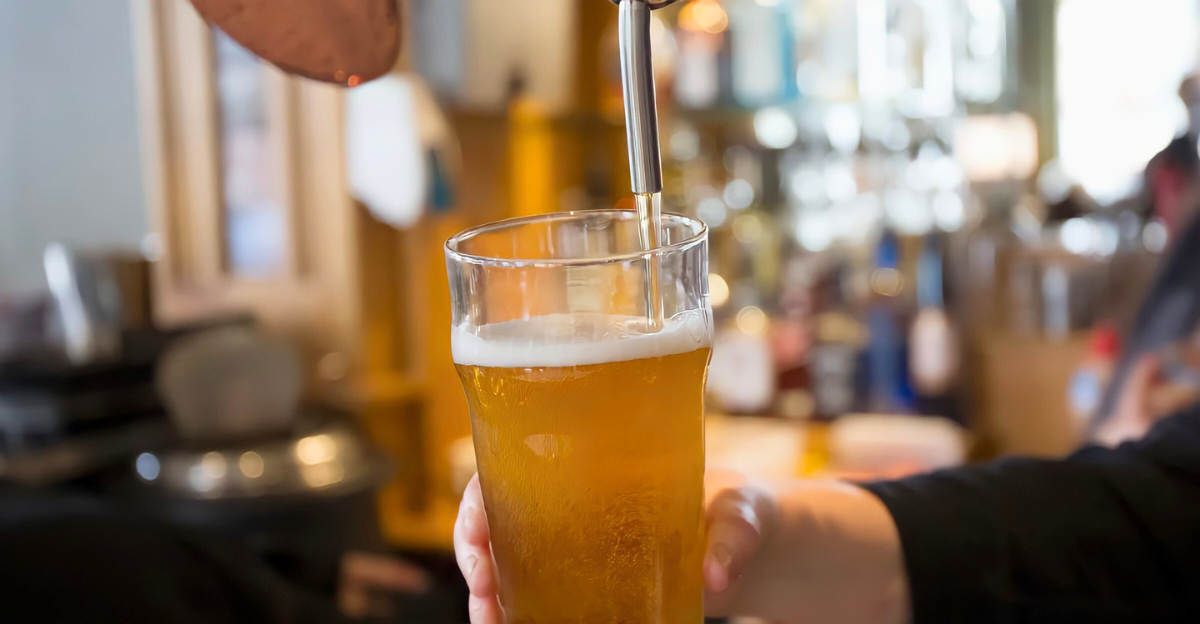
What started as a short‑term, heatwave‑specific warning has quickly spilled into a much larger debate. Health experts are urging a fresh look at national alcohol guidelines, pointing not only to its risks in extreme heat but also to its well‑documented links to chronic illness and certain cancers. The heatwave hasn’t created this conversation – it’s turned up the temperature on a discussion that’s been simmering for years.
The Big Picture: Alcohol, Climate, and Public Health
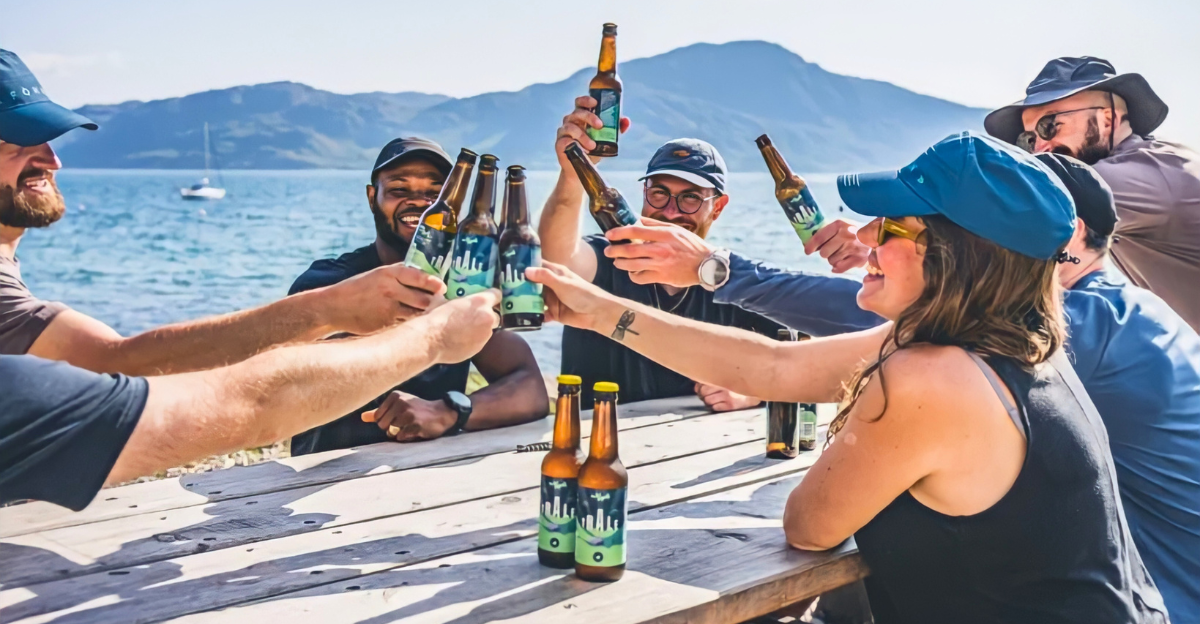
This advisory is no fluke. As extreme heat events grow more frequent, summer warnings against alcohol could become the norm rather than the exception. The ripple effects—on business, culture, and policy—are already rewriting the rules. In a warming world, even something as ordinary as what’s in your glass isn’t untouched by change. And if this heatwave has shown us anything, it’s that small choices can carry big consequences when the temperature keeps climbing.
